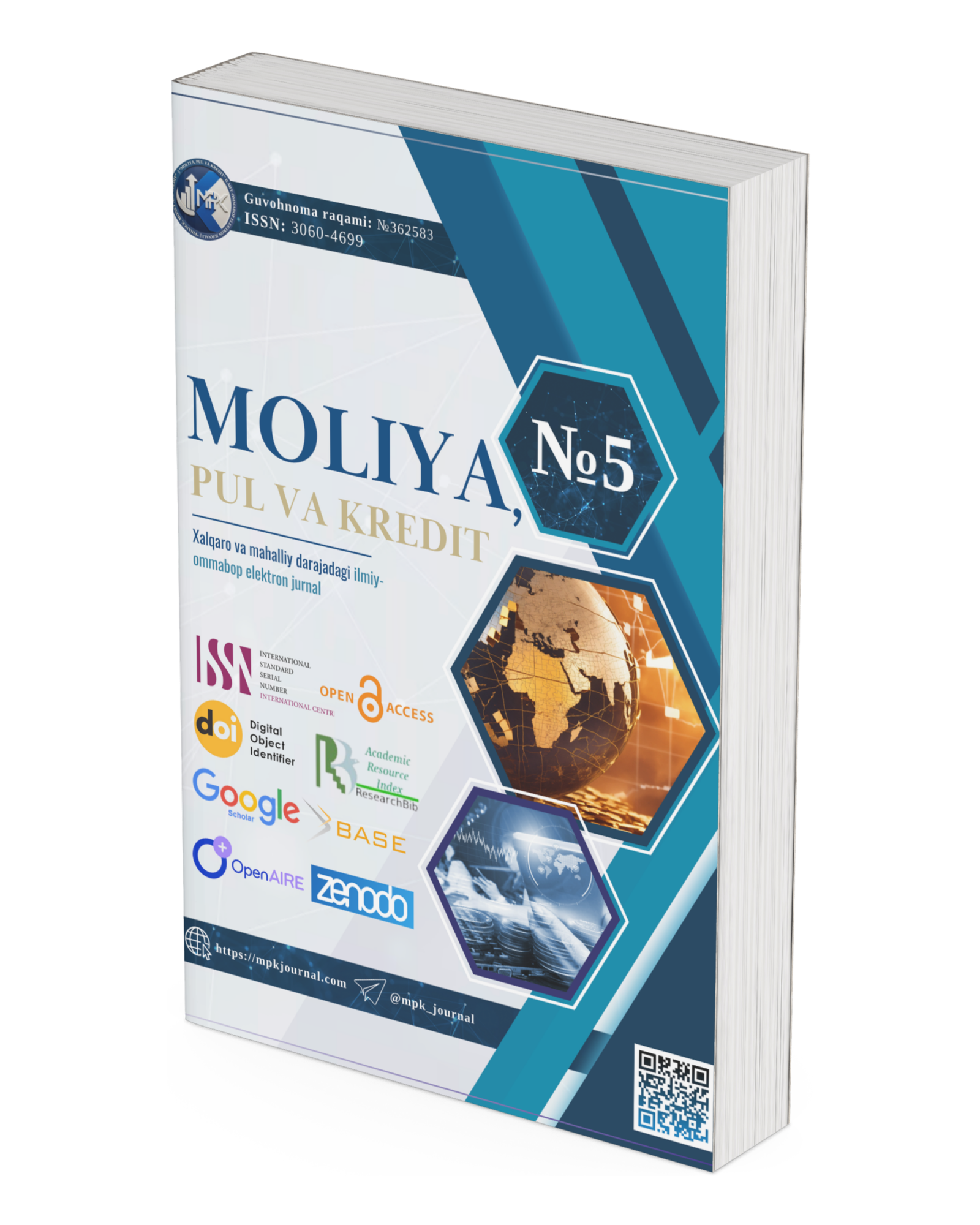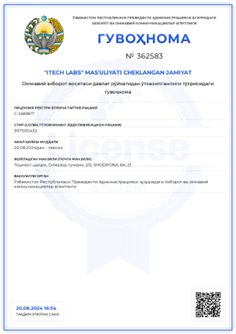CHINA’S EXPERIENCE IN FINANCING SPECIAL ECONOMIC ZONES AND ITS APPLICABILITY TO UZBEKISTAN
DOI:
https://doi.org/10.5281/zenodo.15597456Keywords:
special economic zones (SEZs), foreign direct investment, exports, economic liberalization, innovation ecosystems.Abstract
This article analyzes the specific features of the Special Economic Zones (SEZ) model in China and explores the possibilities of adapting this experience to enhance the effectiveness of SEZs in Uzbekistan. Additionally, by comparing China's experience with Uzbekistan’s current SEZ system, the article identifies key reform directions aimed at attracting foreign investment and expanding exports.
References
1. Farole, T. and Akinci, G. (2011) Special Economic Zones: Progress, Emerging Challenges, and Future Directions. Washington, DC: World Bank.
2. Zeng, D. Z. (2010) Building Engines for Growth and Competitiveness in China: Experience with Special Economic Zones and Industrial Clusters, World Bank Policy Research Working Paper, No. 5443.
3. Abdullaeva, N. (2021) Challenges of Uzbekistan’s Free Economic Zones in Attracting Foreign Investment, Central Asian Economic Review, 14(3), pp. 45-58.
4. Khamdamov, U. (2022) Evaluating the Role of Special Economic Zones in Uzbekistan’s Economic Development, Journal of Economic Policy and Reform, 9(1), pp. 12-28.
5. UNCTAD (2019) World Investment Report 2019: Special Economic Zones. United Nations Conference on Trade and Development. Available at: https://unctad.org/webflyer/world-investment-report-2019









